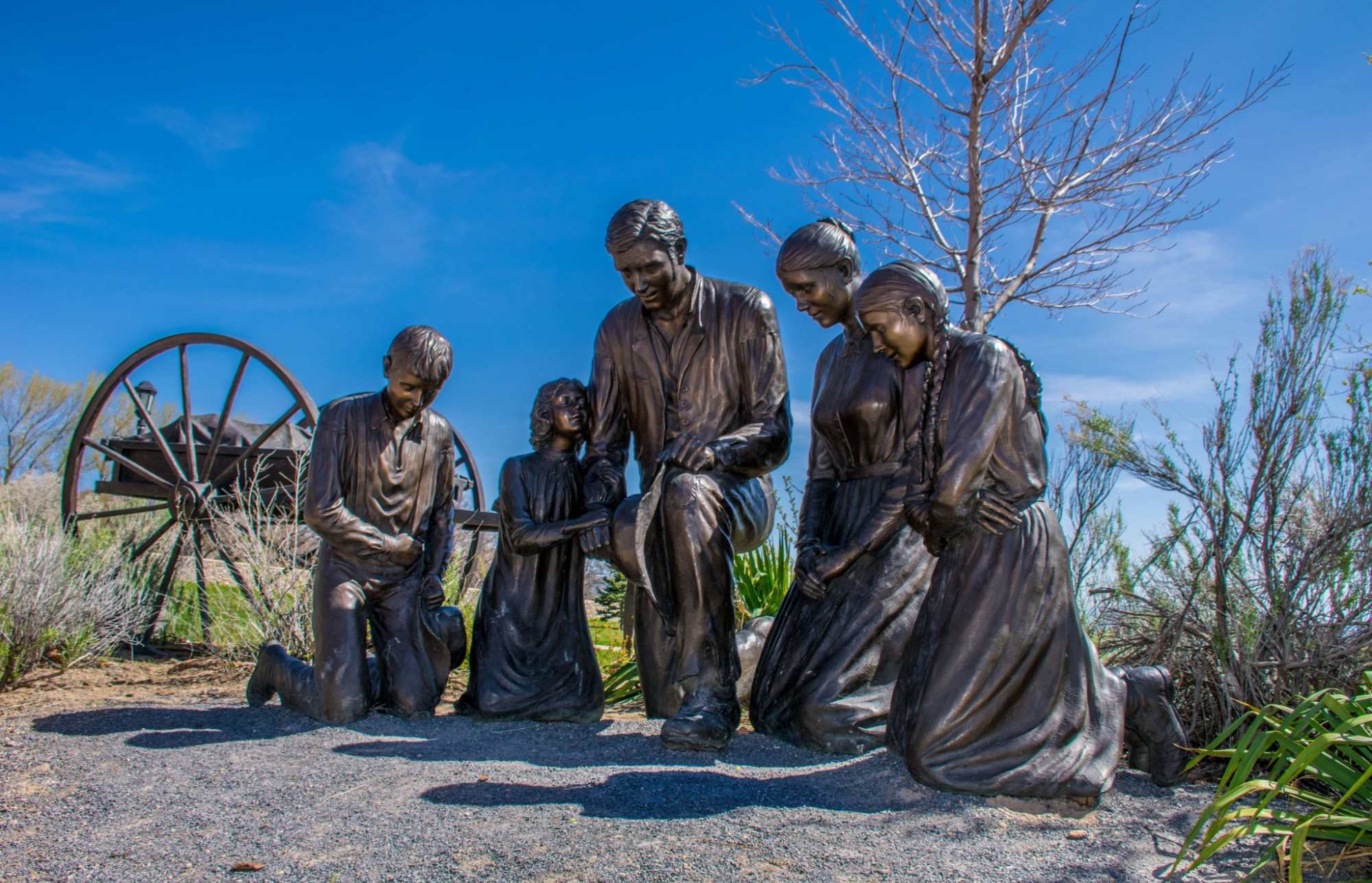Lost Trading Routes Of The Mormon Trail

Have you ever thought about the Mormon Trail and its hidden stories? This historic path, stretching from Illinois to Utah, was more than just a route for pioneers. It was a lifeline for trade and survival. Imagine wagons loaded with supplies, families seeking new beginnings, and traders exchanging goods along the way. The trail wasn't just about reaching a destination; it was about the journey itself. People faced harsh weather, rugged terrain, and countless challenges. Yet, they persevered, creating a network of trading posts and communities. These stops became vital for exchanging food, tools, and stories. Today, remnants of these trading routes offer a glimpse into the past. They remind us of the resilience and determination of those who traveled them. Exploring the Mormon Trail is like stepping back in time, uncovering the secrets of a path that shaped history.
Tracing the Path of the Mormon Trail
The Mormon Trail is a historic route that stretches across the United States, from Illinois to Utah. This path was traveled by thousands of Mormon pioneers in the mid-1800s. Along this trail, there are numerous lost trading routes that played a crucial role in the survival and success of these pioneers. Let's take a look at some of these fascinating places.
Key Trading Posts Along the Mormon Trail
Trading posts were vital for pioneers, providing essential supplies and a place to rest. These posts were often bustling hubs of activity, where goods were exchanged, and stories were shared.
Winter Quarters
Located in present-day Omaha, Nebraska, Winter Quarters was a major stop for the pioneers. Here, they would stock up on supplies and prepare for the long journey ahead. This area was bustling with trade, as locals and travelers exchanged goods and services.Fort Laramie
Situated in Wyoming, Fort Laramie was a key military post and trading hub. It served as a crucial resupply point for the pioneers. The fort offered a variety of goods, from food to clothing, and provided a safe haven for weary travelers.Fort Bridger
In southwestern Wyoming, Fort Bridger was another essential trading post. Established by mountain man Jim Bridger, it became a popular stop for pioneers. The fort offered blacksmith services, food, and other necessities, making it a vital part of the trail.
Hidden Routes and Their Significance
Beyond the well-known trading posts, there were hidden routes that played a significant role in the journey of the pioneers. These paths often led to lesser-known but equally important destinations.
Sublette Cutoff
This shortcut in Wyoming allowed pioneers to bypass Fort Bridger, saving time on their journey. Though it was a more challenging route, it became popular for those in a hurry to reach their destination.Hastings Cutoff
A controversial route, the Hastings Cutoff was promoted as a shortcut to California. While it did save distance, it was fraught with difficulties and dangers. Some pioneers took this path, hoping to reach their destination faster.
The Legacy of the Mormon Trail
The Mormon Trail is more than just a path; it's a testament to the resilience and determination of those who traveled it. The trading routes and hidden paths along the trail tell stories of survival, community, and the pursuit of a better life.
Echo Canyon
Located in Utah, Echo Canyon was a strategic point along the trail. It served as a natural corridor for the pioneers and later played a role in the Utah War. The canyon's unique geography made it a memorable part of the journey.Emigration Canyon
As the final stretch of the trail, Emigration Canyon led pioneers into the Salt Lake Valley. This canyon was the gateway to their new home, marking the end of a long and arduous journey.
Rediscovering the Mormon Trail's Legacy
The Mormon Trail offers more than just a path through history. It tells stories of resilience, faith, and determination. As pioneers journeyed across the American West, they forged routes that became vital for trade and communication. These lost trading routes played a crucial role in shaping the economic landscape of the region. Today, travelers can explore these historic paths, gaining insight into the challenges and triumphs faced by those early settlers. Visiting landmarks along the trail, like Chimney Rock and Fort Laramie, provides a tangible connection to the past. Whether you're a history buff or just curious about the pioneers' journey, the Mormon Trail invites you to step back in time. Embrace the spirit of adventure and discovery as you walk in the footsteps of those who came before, and let the trail's legacy inspire your own journey.

